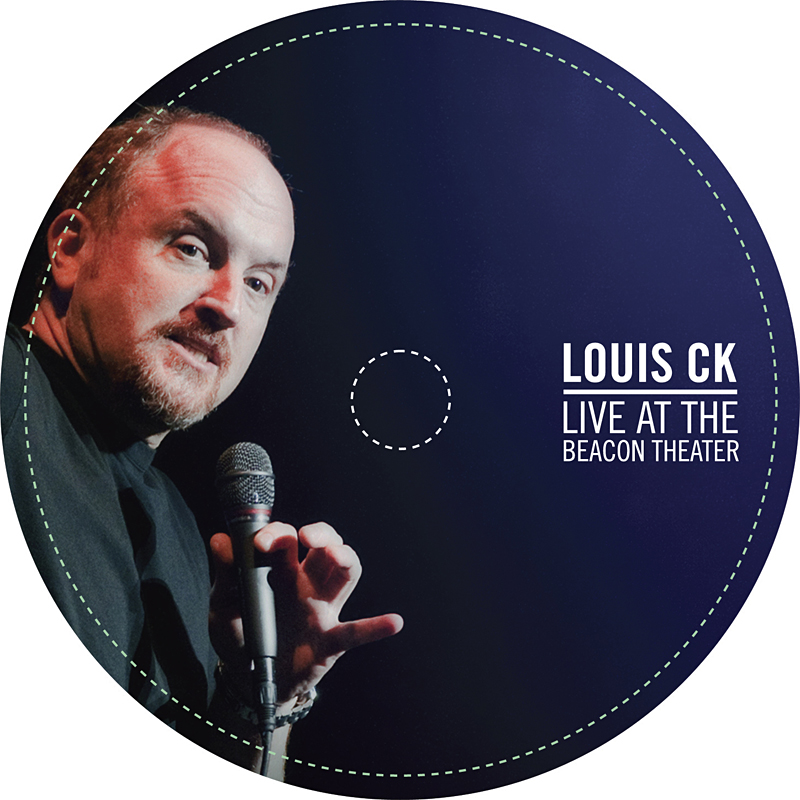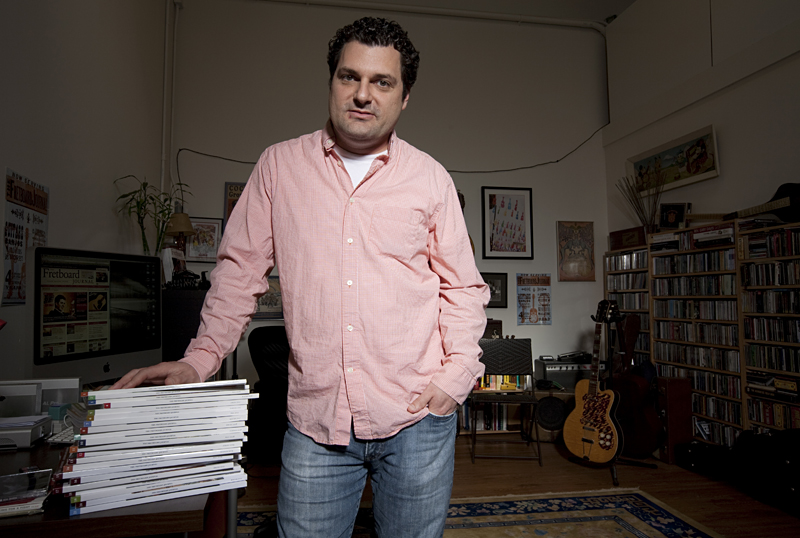I’ve watched some marriages fall apart. They were all friends, relatives, and neighbors. But I’m not embarrassed to admit that the recent announcement that Kim Gordon and Thurston Moore of Sonic Youth were separating after 27 years of marriage hit me the hardest.
Sure, I don’t know Kim and Thurston personally. But throughout my adulthood, their marriage has been an inspiration of sorts. As a teenager watching Sonic Youth on MTV, Kim and Thurston were the first husband and wife I knew of that made matrimony look like an act of punk rebellion. In a culture of self-destruction and nihilism, what’s more punk than “happily ever after”?
As years went by and I got older, they continued to make music, had a kid, dabbled in side projects, remained culturally relevant, and had us convinced they were the ideal couple. That’s why the news is so shattering—they managed to do all that and stay husband and wife? If Kim Gordon and Thurston Moore are getting divorced at ages 58 and 53, respectively, after 30 years of navigating different time zones and spending weeks both apart from each other and on the road, not to mention logging countless hours hunkered side-by-side in studios pushing at the boundaries of rock music all while raising a kid, what hope is there for the rest of us?
I’ve known people who loved their spouses but couldn’t stand working with them. I’ve known couples who got along great until children came along. I’ve known others who can’t stand to be apart. On the surface, Kim and Thurston seemed immune to such factors.
“I remember when I first saw Sonic Youth play, I was looking for hints they were a couple, but I saw none, which made them even cooler to me,” says Tara Roth. Like Kim and Thurston, Tara and her husband Jim Roth know a thing or two about marriage and music. While she works as a lecturer in English at Seattle University, Jim spends about a third of the year on the road, touring and recording as guitarist for Built to Spill. The Roths have a son together, and when they have time, play music together as the Apostrophes.
With Built to Spill currently taking a break between albums, the Roths say they have spent more time together in the past year than in any other of their eight years together. “I think we realized how heavily the dynamic of our relationship is based upon Jim touring,” Tara says sarcastically.
“For us,” Jim adds, “the time apart just lets us sit back and reflect on ourselves and our relationship.”
But one could argue that playing music together requires a whole other level of patience and understanding—it’s pure instinct and emotion. As any musician will tell you, it’s nearly impossible to find musicians you click with, let alone one you could be romantically linked to. As with Kim and Thurston, the Roths say their creative chemistry came first, and playing music together formed the basis for their understanding of each other.
“When we play, I can subtly glance at Jim and he knows exactly what I’m saying,” says Tara. “In daily situations, we don’t read each other at the same level. But ultimately we’re OK with that. [Our marriage] would be a much bigger disaster if jamming together didn’t come so naturally.”
Great marriages are like great rock bands—no one understands why they work, they just do. But in our tabloid culture, there’s always a reason for a break-up. Kim and Thurston haven’t given us one, and really it’s none of our business. But the fact is that people are never the same people they were when they first met. Change is inevitable and relationships hinge on a willingness to evolve together. As insanely creative people, there’s no question the public “Kim” and “Thurston” changed—from underground noise-makers to major-label alt-rockers to icons of all things indie. Never clingy or obsessive, they seemed like true equals. In the end, they were no different than the rest of us—a couple with a unique relationship and a unique set of problems.
The other night I was staring at the vinyl box sets of Sonic Youth’s Daydream Nation and Goo on our bookshelves. When those records were released, my wife and I were kids. But Sonic Youth would play a crucial role in guiding us away from our Vanilla Ice and Paula Abdul cassettes and into the electrifying world of Dinosaur Jr. and Black Flag that would define the rest of our lives. 20 years later, we bought those box sets together because those records had been constants in our lives. When we met, we each had our own beat-up copies on CD, but sold them to purchase the fancier versions.
After 11 years together, 95 percent of our record collection has been purchased together—and much of it because Kim and Thurston changed the way we listened to music. I don’t even want to think about what it will be like when those two divide up their albums.








